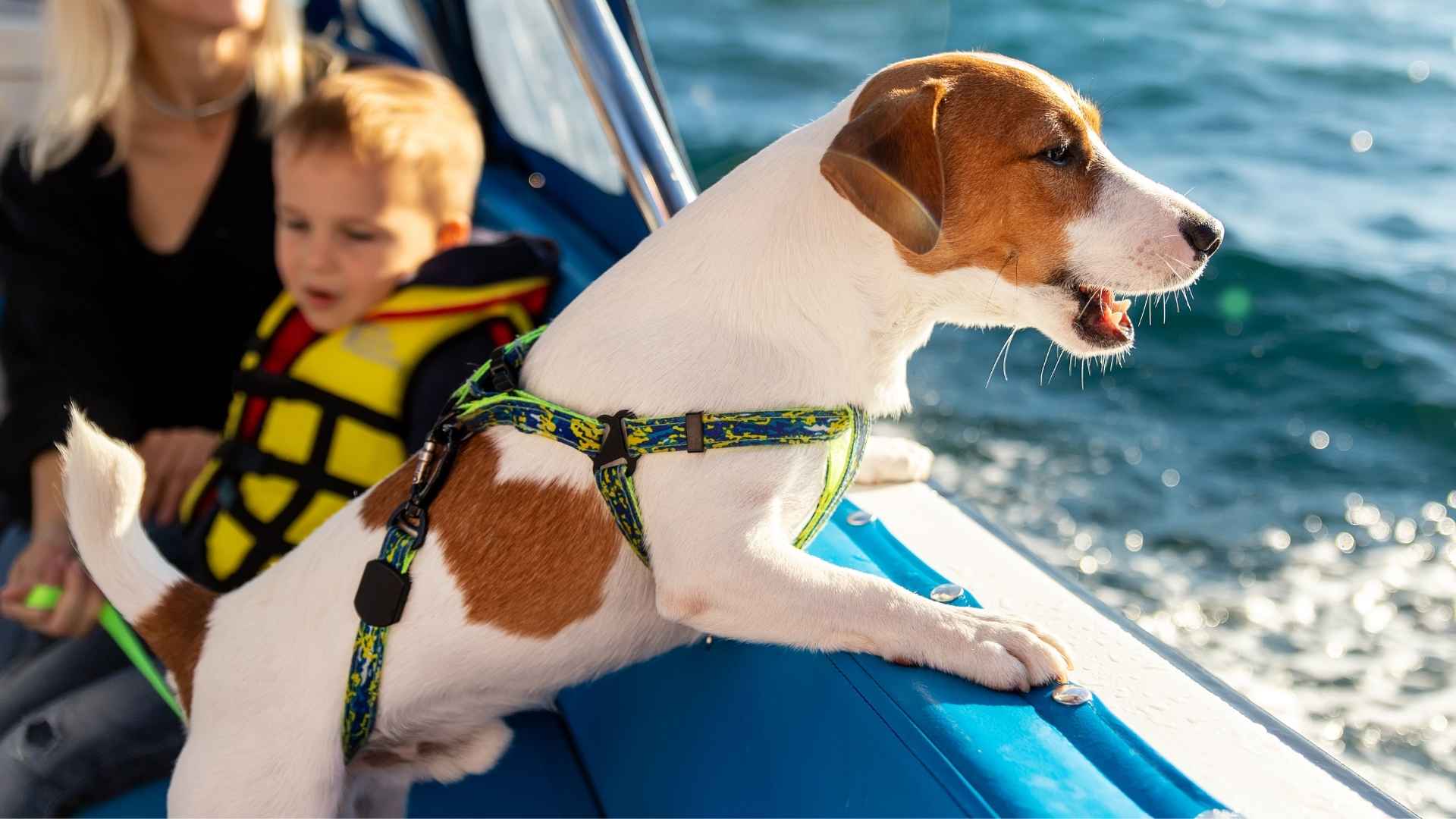For those who embrace life on the water, having a canine companion aboard can make the experience even more rewarding. Whether you’re navigating tranquil lakes, sailing coastal waters, or living full-time on a boat, the right dog by your side adds both joy and loyalty to your aquatic lifestyle. But not every dog is cut out for life at sea—some are better built for boating than others.
Water-loving breeds often come with built-in advantages: webbed feet for strong swimming, waterproof coats to handle the splash, and an innate enthusiasm for all things wet and wild. These dogs tend to be muscular, adventurous, and adaptable—traits that make them excellent deckmates, whether you’re paddling in a kayak or cruising on a sailboat. Their eagerness to explore and ability to learn also make them safer and more enjoyable companions on board.
However, even natural-born swimmers need some precautions. Life jackets, shaded lounging spots, and plenty of clean drinking water are must-haves. Ready to meet the best canine co-captains? Here are the top dog breeds perfect for boat dwellers.
Dog Breeds For Boat Dwellers
1. Labrador Retriever
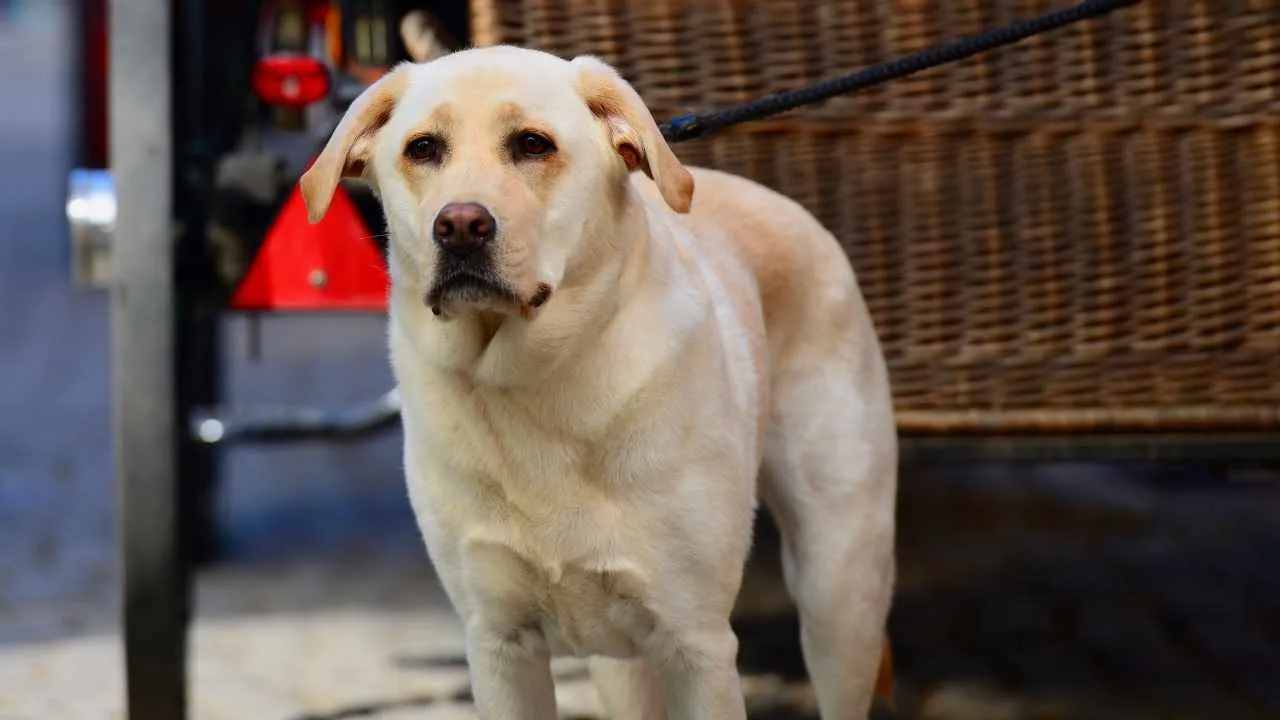
The Labrador Retriever, often referred to simply as the Lab, is one of the most iconic and well-loved breeds in the dog world, especially among those who live life on the water. PetMD states that the Labrador Retriever ranks among the most popular dog breeds in the United States.
Originating in Newfoundland as a fisherman’s assistant, the Lab was bred to retrieve nets, haul lines, and fetch fish from icy waters. These medium to large dogs stand about 21.5 to 24.5 inches tall and weigh between 55 to 80 pounds.
Their webbed feet, thick water-resistant double coat, and muscular build make them born swimmers. Labs are part of the Sporting Group and typically live 10 to 12 years.
Care Needs
Labrador Retrievers need regular exercise to stay fit and happy, and boating life offers plenty of opportunities for that, especially swimming, which they adore. Their dense double coat sheds heavily, so brushing several times a week is essential, particularly after time in the water.
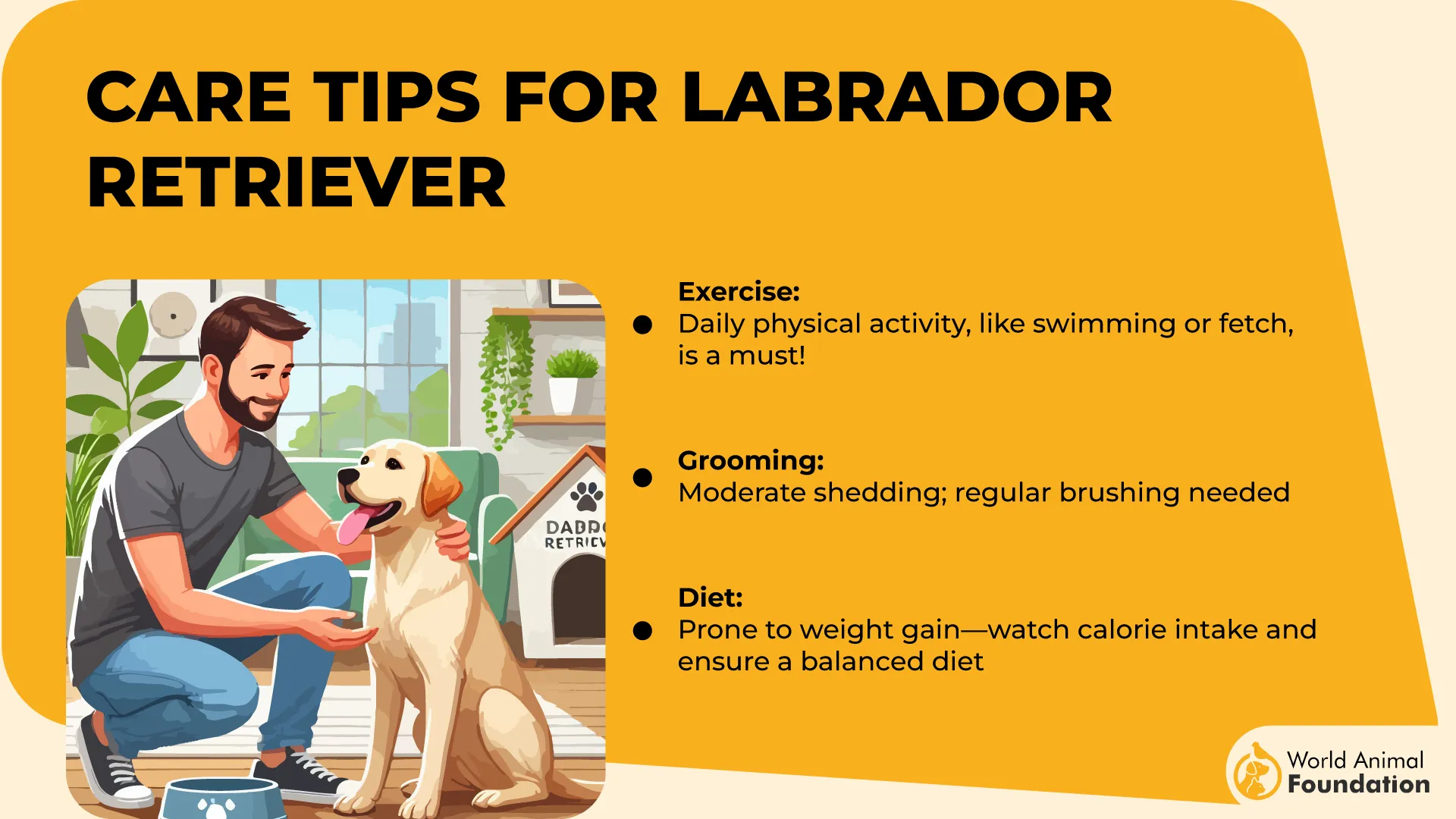
Their friendly nature means they get along well with other dogs and people, but supervision is recommended around new environments and children. Also, keep their ears clean and dry to avoid infections.
Fun Fact: A yellow Lab named Endal, also a service dog, once saved his owner’s life, earning the title “Dog of the Millennium” even before the heroic act.
2. Golden Retriever
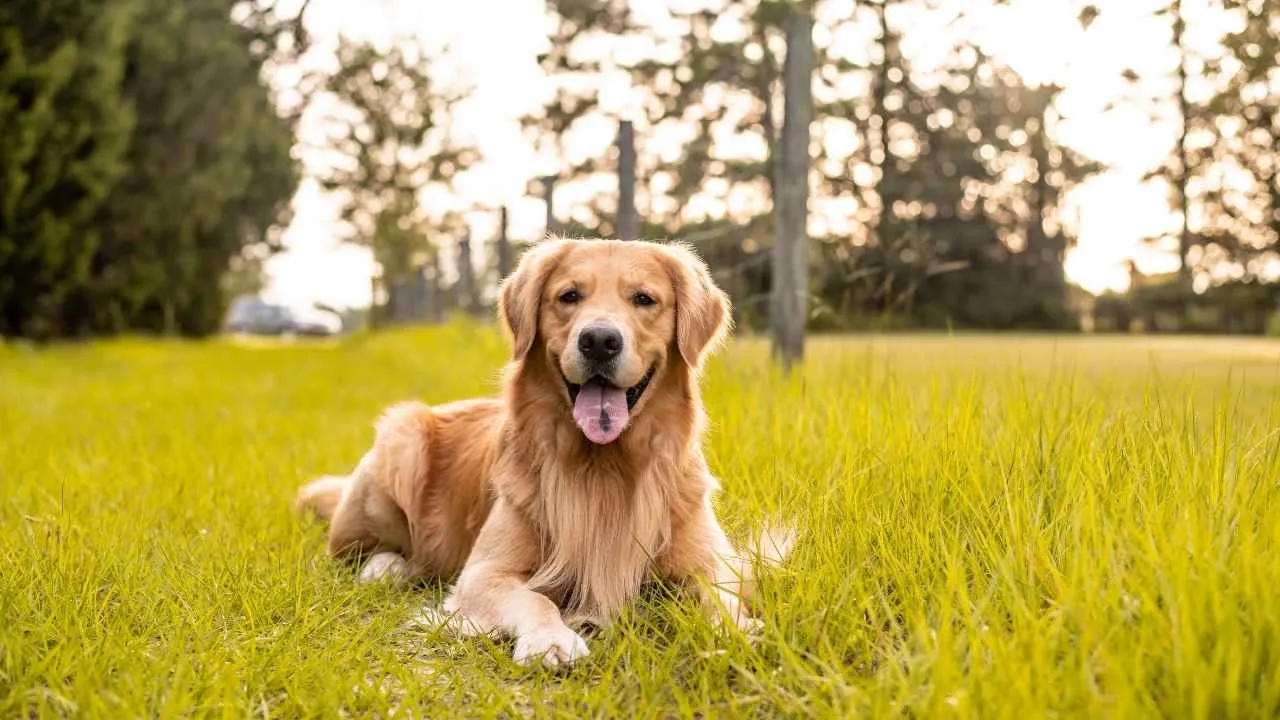
Affectionately known as the “Golden,” the Golden Retriever is a natural choice for boat dwellers who want a joyful and water-loving companion. WebMD notes that the Golden Retriever is a friendly, high-energy dog known for its affectionate nature and enthusiasm.
Bred in 19th-century Scotland as a gundog and water retriever, this breed thrives around water thanks to its webbed feet, muscular frame, and thick, water-repellent double coat. Goldens typically stand between 21.5–24 inches tall and weigh around 55–75 pounds.
Their coats range from light cream to deep golden hues and shimmer beautifully when wet, though be ready for a splash when they shake off! With a life span of 10–12 years, these friendly and trainable dogs bring warmth and dependability to life on the water.
Care Needs
Golden Retrievers have moderate energy levels, even in their senior years. They benefit from daily physical activity such as swimming, fetching, or leisurely walks along the dock.
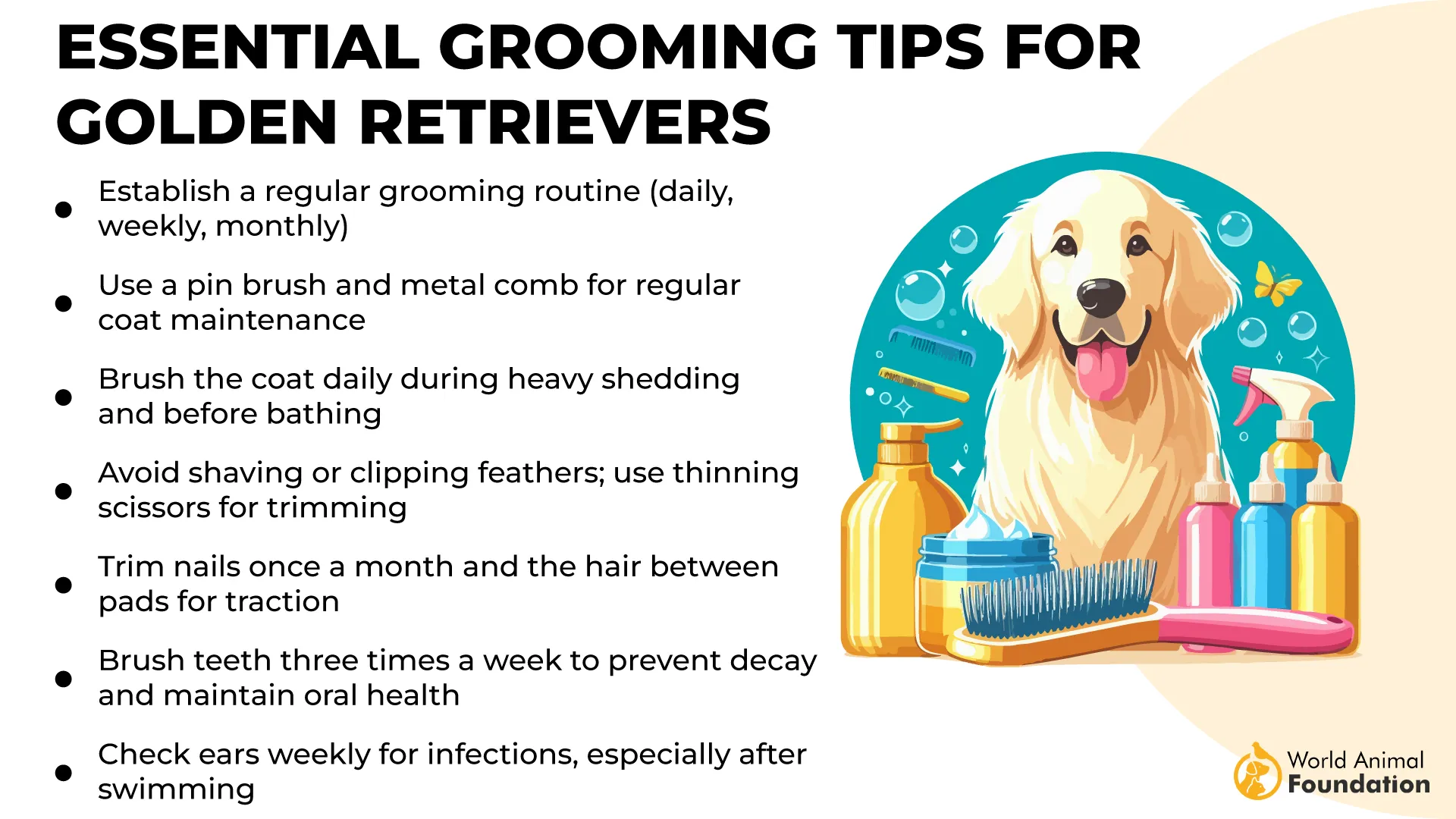
Grooming is essential—their long coats shed heavily and require regular brushing to prevent mats, especially behind the ears and hind legs. Make sure your Golden has access to clean drinking water and shade while aboard, and use a life vest during open water outings.
Fun Fact: All Golden Retrievers can trace their lineage back to a litter born in 1868 at Guisachan House in the Scottish Highlands.
3. Chesapeake Bay Retriever
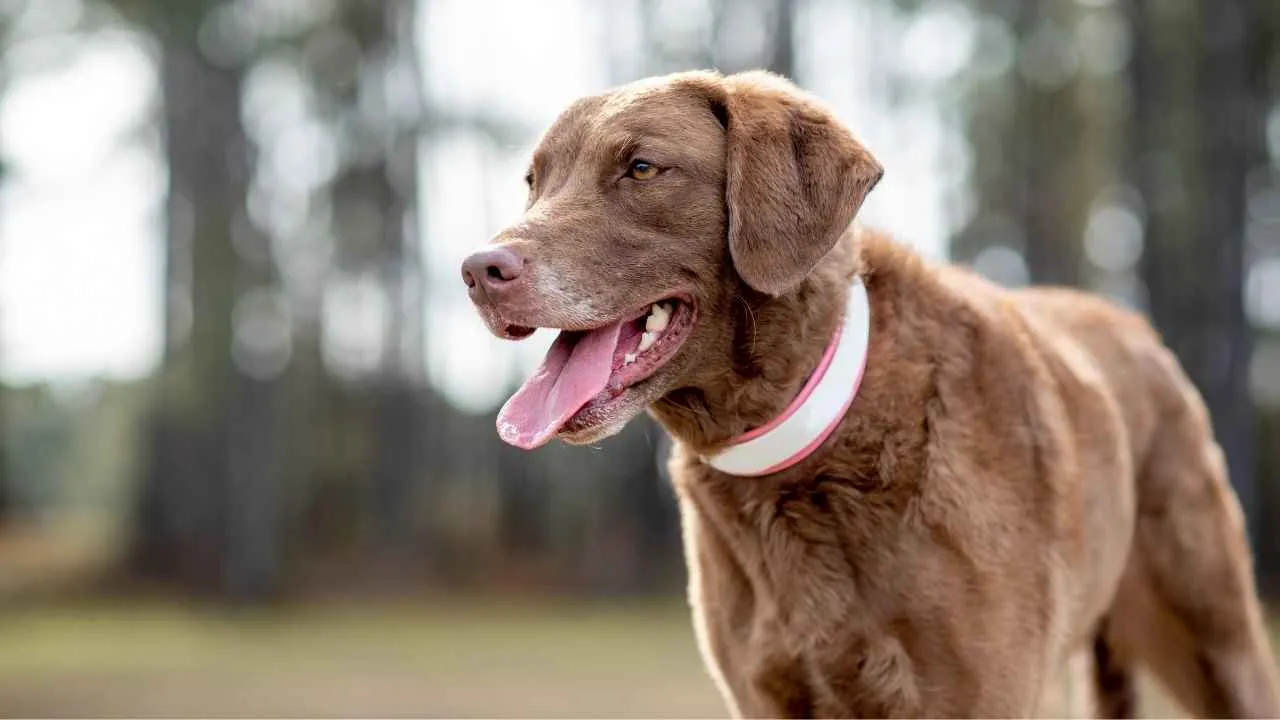
Known affectionately as the “Chessie,” the Chesapeake Bay Retriever is a rugged and resilient breed tailor-made for water adventures. According to Britannica, the Chesapeake Bay Retriever is a powerful, assertive, and independent breed.
Originating in 19th-century Maryland, Chessies were developed to retrieve waterfowl from the frigid waters of the Chesapeake Bay, which speaks to their extraordinary endurance and determination. These sporting dogs weigh between 55–80 pounds and stand 21–26 inches tall.
They’re powerfully built with a distinctive water-resistant double coat that’s short, thick, and often wavy over the shoulders and back. Their eyes are a striking amber or yellow, and their coat comes in solid shades like brown, sedge, or deadgrass. Reserved but loyal, Chessies make steadfast companions for boat dwellers who appreciate a protective and self-assured dog.
Care Needs
Chesapeake Bay Retrievers are relatively low-maintenance but do require regular brushing to keep their coat clean and their natural oils intact. Avoid overbathing, as it can strip their weatherproof fur.
Weekly brushing and twice-weekly teeth cleaning will help maintain their health. Because of their independent streak and strong will, early training with confident pet parents is recommended.
Fun Fact: This breed was so trusted by market duck hunters in the late 1800s that it became their dog of choice for retrieving downed birds in icy conditions.
4. Newfoundland
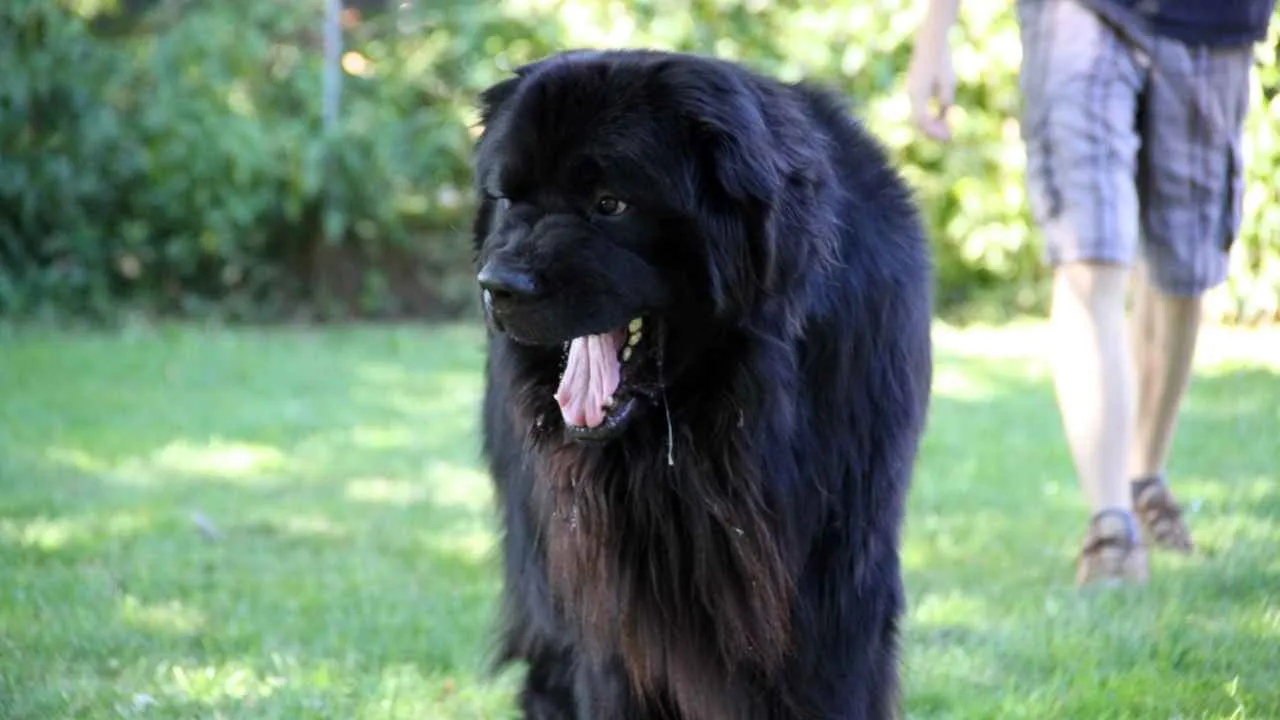
The Newfoundland, often lovingly called the “gentle giant of the sea,” is a powerhouse of strength, endurance, and devotion—perfect for those seeking a dependable deckmate.
Originally bred in the Canadian province of Newfoundland and Labrador, this working breed was designed to haul fishing gear, rescue people from the water, and assist in maritime tasks. Males typically stand 28 inches tall and weigh between 130–150 pounds, while females are slightly smaller.
Their thick, water-resistant double coat and webbed feet make them exceptional swimmers, and their calm, sweet temperament makes them ideal companions for both open water and cozy cabins. Part of the working group, Newfoundlands have an average lifespan of 9–10 years.
Care Needs
Newfoundlands require regular grooming due to their dense, double-layered coat, which sheds year-round. Brushing several times a week helps manage matting and loose fur, especially after swims.
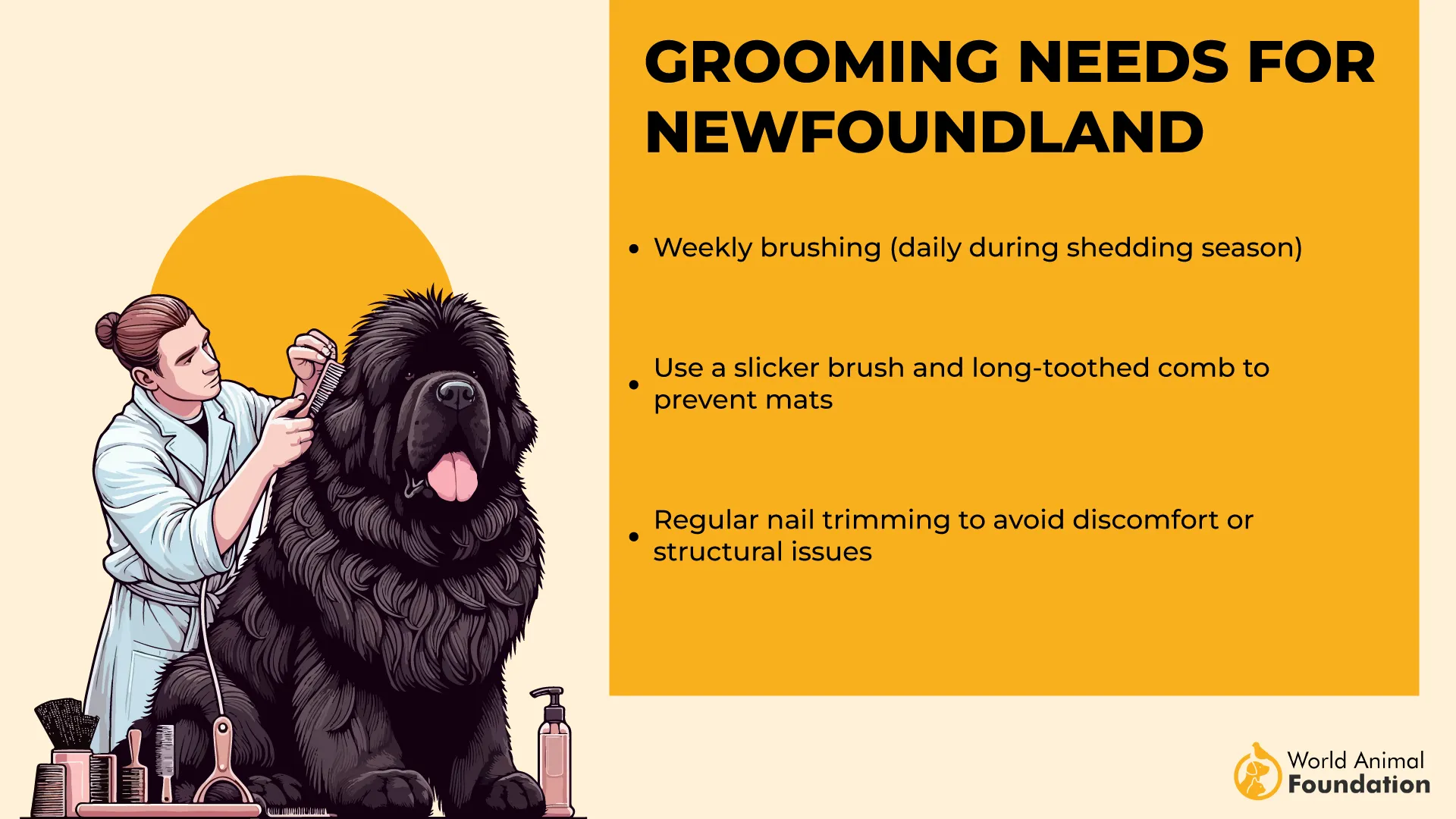
These dogs drool considerably, so boat owners should be prepared with towels on deck. Moderate daily exercise—such as swimming or short walks—is sufficient to keep them fit. Regular ear cleaning and coat maintenance post-swim are essential to prevent infections.
Fun Fact: Newfoundlands have such a remarkable water rescue natural instinct that they’ve been known to jump into the sea unprompted to help swimmers in distress.
5. American Water Spaniel
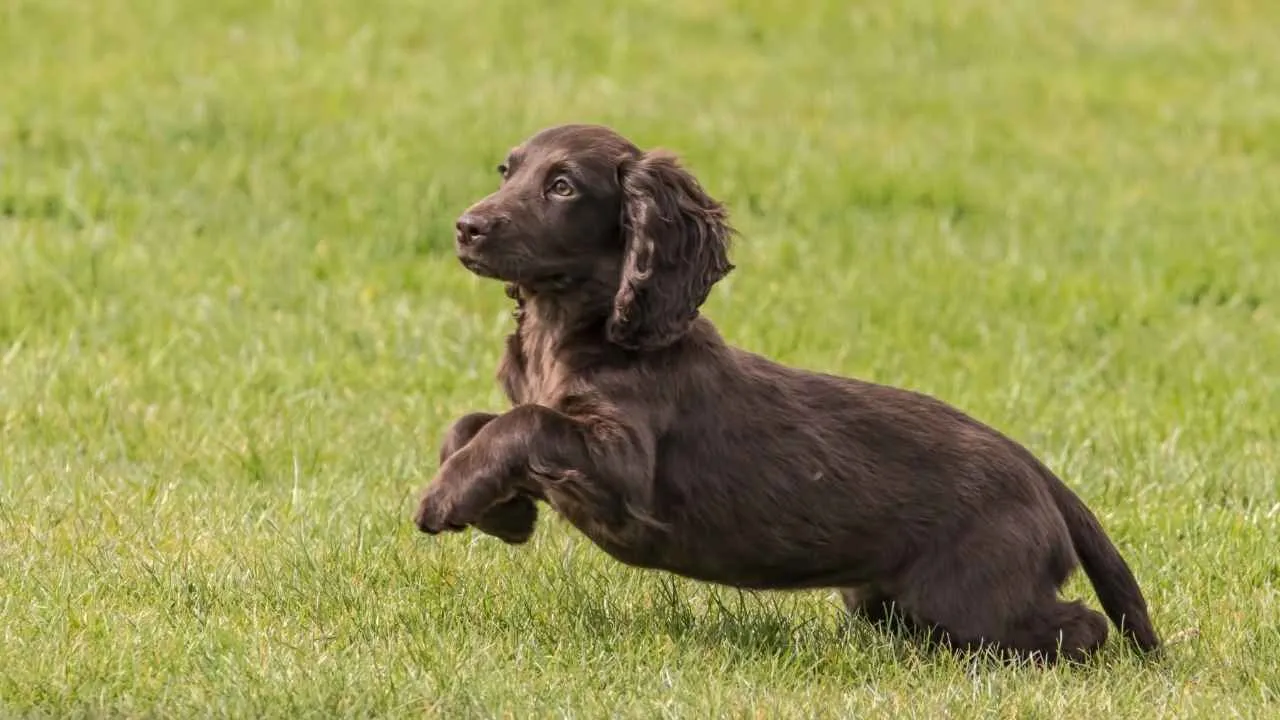
Compact, curly-coated, and bursting with energy, the American Water Spaniel is a stellar choice for life on the water. Developed in the Midwestern United States in the late 1800s, this rare sporting breed was originally bred to retrieve birds from both land and water.
With a muscular build and standing 15–18 inches tall while weighing between 25–45 pounds, the American Water Spaniel is both agile and adaptable—traits that make it a natural on boats.
Its dense, water-resistant curls not only repel water efficiently but also protect it from the elements, whether navigating lakes or accompanying fishing trips.
Care Needs
Despite its rugged coat, the American Water Spaniel has moderate grooming requirements. Brushing the curly fur several times a week helps prevent matting and maintain its natural water resistance.
This breed thrives on vigorous activity, so regular play and water-based exercise are vital for its physical and mental well-being. While generally low-maintenance in terms of care costs, it’s essential to meet its high energy needs with structured outings and enrichment.
Fun Fact: The American Water Spaniel’s compact size made it perfect for riding in small boats, such as canoes, where it could easily retrieve waterfowl without taking up much space.
6. Irish Water Spaniel
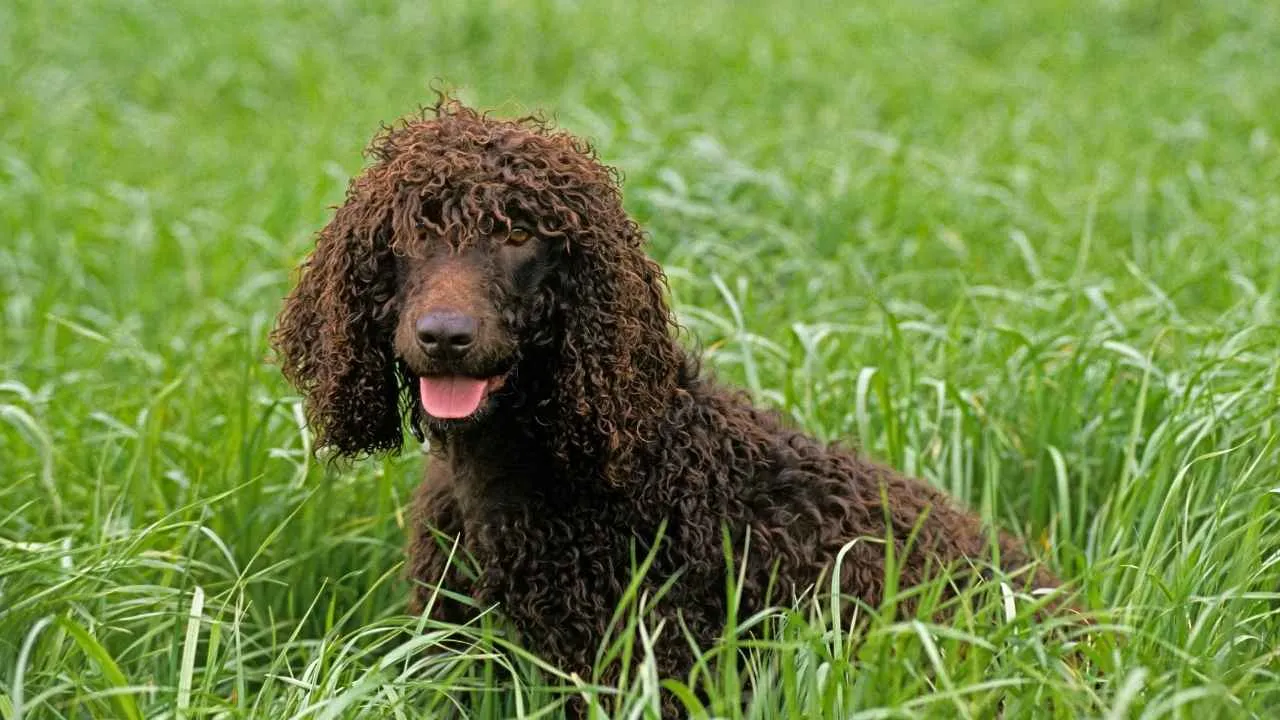
The Irish Water Spaniel, sometimes called the “clown of the spaniel family,” is a standout boating companion thanks to its powerful swimming ability and playful spirit. Originating in 19th-century Ireland, this sporting breed was developed specifically to retrieve game from water.
Standing 21–24 inches tall and weighing 45–65 pounds, the breed is easily recognized by its liver-colored, tightly curled coat, signature topknot, and whip-like “rat tail.”
Its water-repellent fur, webbed feet, and muscular frame make it a natural in aquatic settings. Known for intelligence and high energy, the Irish Water Spaniel thrives on both physical and mental engagement.
Care Needs
This breed needs vigorous daily exercise, including swimming or active play sessions, to stay happy and well-behaved. Long walks and water games are ideal for expending their energy.
Its distinctive curly coat demands regular grooming to prevent matting—weekly brushing and occasional trimming are necessary. Mental stimulation through training or puzzle games helps keep its mind sharp and occupied. With proper care, the Irish Water Spaniel typically enjoys a lifespan of 10–12 years.
Fun Fact: The breed’s unique coat sheds water so effectively that it enables the dog to retrieve waterfowl in frigid marshes without losing body heat.
7. Spanish Water Dog
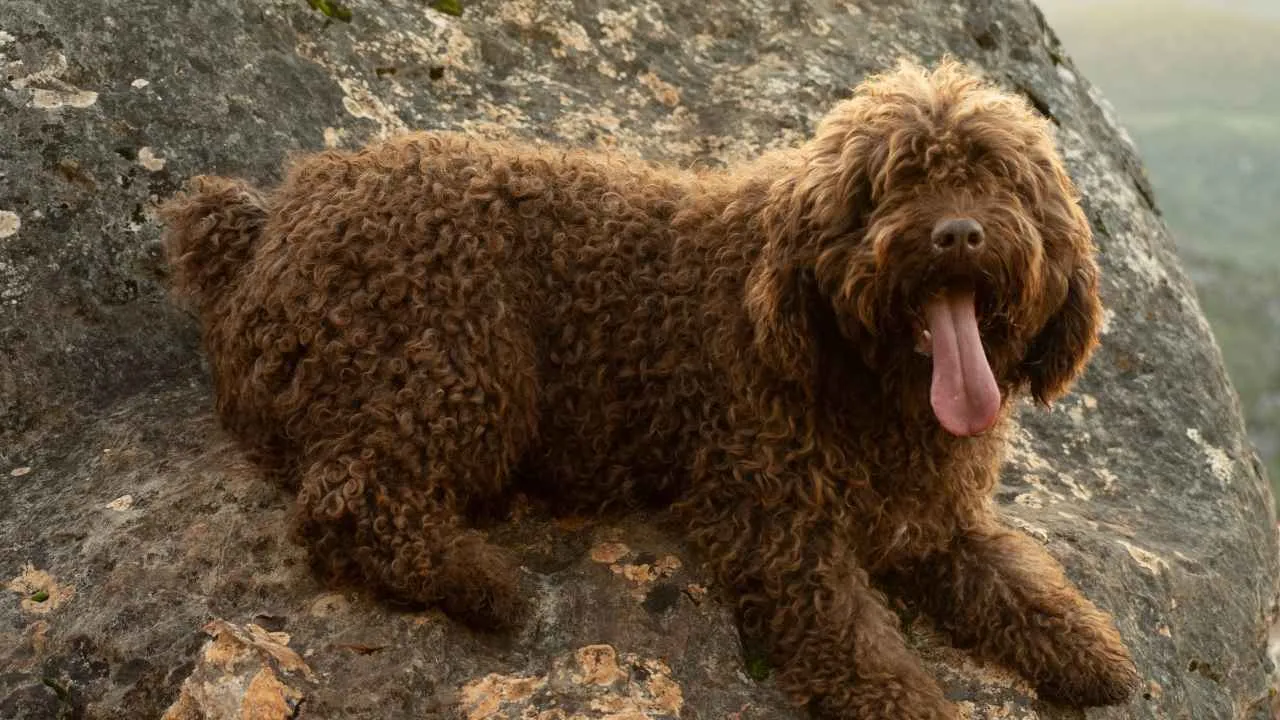
The Spanish Water Dog, known for its versatility and athleticism, is a natural choice for boat dwellers. Bred in Spain as a multi-purpose working dog, it originally served as a waterfowl retriever and herder for fishermen and shepherds.
These medium-sized dogs typically stand between 16 and 20 inches tall and weigh around 30 to 50 pounds. Their signature curly, woolly coat offers natural water resistance and buoyancy, making them excellent swimmers and loyal aquatic companions. Classified in the herding group, they live approximately 12 to 14 years and are known for being affectionate, intelligent, and alert.
Care Needs
Spanish Water Dogs are energetic and thrive with regular physical and mental activity. Daily exercise, such as swimming, games of fetch, or brisk walks, helps keep them healthy and happy.
Their coat requires a unique grooming approach—brushing is avoided to maintain natural curls, and clipping is recommended a few times a year. Occasional ear cleaning and routine dental care also help maintain overall well-being. Training should be positive and consistent, as they respond well to gentle reinforcement.
Fun Fact: Spanish Water Dogs have webbed feet and were once essential crew members for fishermen, retrieving nets and herding fish toward boats.
Conclusion
Living on the water offers a unique lifestyle, and choosing the best dog to share that journey is essential for harmony and adventure. While many dogs can adapt to life aboard with training and patience, certain breeds naturally thrive in aquatic environments and compact spaces. Breeds like the Portuguese Water Dog and Nova Scotia Duck Tolling Retriever (also known as the Scotia Duck Tolling Retriever) were bred to retrieve ducks or work in wet conditions, making them ideal companions for boat dwellers.
Energetic and intelligent dogs such as Border Collies, Jack Russell Terriers, and Boykin Spaniels excel in active routines and dog sports like dock diving or even truffle hunting, offering fun ways to keep them mentally and physically stimulated. Whether you’re introducing a new dog to your boat or seeking a breed suited for families alike, prioritize those that handle hot weather well and enjoy vigorous exercise. For small dogs with big adventure spirits, the right choice can turn life on the water into a true partnership.


